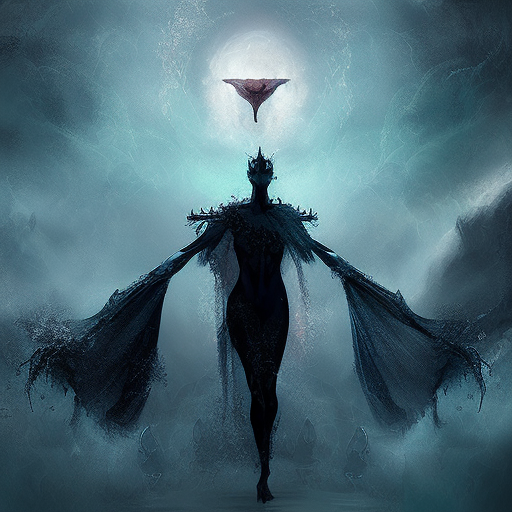One-line Summary:
Danse Macabre is a captivating exploration of the horror genre, written by Stephen King, that delves into the history, evolution, and cultural significance of horror in literature, film, and television.
Introduction:
Danse Macabre, written by renowned author Stephen King, is a captivating exploration of the horror genre. In this book, King delves into the history, evolution, and cultural significance of horror in literature, film, and television. With his signature wit and deep knowledge of the subject, King takes readers on a journey through the dark realms of horror, analyzing its various forms and discussing its impact on society. From classic novels to B-movies, from vampires to zombies, Danse Macabre offers a comprehensive and insightful look into the world of horror.
The Origins of Horror:
King begins by tracing the origins of horror, exploring its roots in ancient folklore and mythology. He discusses how the fear of the unknown and the supernatural has been a part of human culture since ancient times, and how these primal fears have shaped the horror genre as we know it today. King also examines the influence of Gothic literature, particularly the works of Edgar Allan Poe and H.P. Lovecraft, in shaping the modern horror genre.
The Evolution of Horror:
In this section, King takes readers on a journey through the evolution of horror in literature, film, and television. He discusses the impact of seminal works such as Mary Shelley’s Frankenstein and Bram Stoker’s Dracula, as well as the rise of horror in pulp magazines and comic books. King also explores the transformation of horror in the 20th century, from the psychological terror of authors like Shirley Jackson to the visceral horror of splatter films.
King delves into the rise of horror in popular culture, discussing the impact of horror films such as Psycho and Night of the Living Dead. He also examines the role of television in shaping the horror genre, from the classic Twilight Zone episodes to the groundbreaking series The X-Files. King’s analysis of the evolution of horror provides readers with a comprehensive understanding of how the genre has evolved and adapted to societal changes over time.
The Cultural Significance of Horror:
In the final section of the book, King explores the cultural significance of horror and its impact on society. He argues that horror serves as a reflection of our deepest fears and anxieties, allowing us to confront and process them in a safe and controlled environment. King also discusses the role of horror in challenging societal norms and pushing boundaries, highlighting its ability to address taboo subjects and explore the darker aspects of human nature.
King concludes Danse Macabre by emphasizing the enduring popularity of the horror genre and its ability to captivate and terrify audiences across generations. He celebrates the power of horror to entertain, provoke thought, and provide catharsis, ultimately affirming its status as a legitimate and important form of storytelling.
Key Takeaways:
- The horror genre has deep roots in ancient folklore and mythology, reflecting humanity’s primal fears and fascination with the supernatural.
- Horror has evolved and adapted over time, influenced by various literary, cinematic, and cultural movements.
- Horror serves as a reflection of society’s fears and anxieties, providing a safe space to confront and process them.
- The genre has the power to challenge societal norms and explore taboo subjects, pushing boundaries and provoking thought.
- Horror continues to captivate and terrify audiences, remaining a popular and enduring form of storytelling.
“We make up horrors to help us cope with the real ones.” – Stephen King
In Danse Macabre, Stephen King offers a comprehensive and insightful exploration of the horror genre. From its ancient origins to its modern manifestations, King delves into the history, evolution, and cultural significance of horror in literature, film, and television. Through his engaging analysis and deep understanding of the subject, King highlights the enduring popularity and power of horror as a form of storytelling. Whether you’re a die-hard horror fan or simply curious about the genre, Danse Macabre is a must-read that will leave you with a newfound appreciation for the art of fear.












